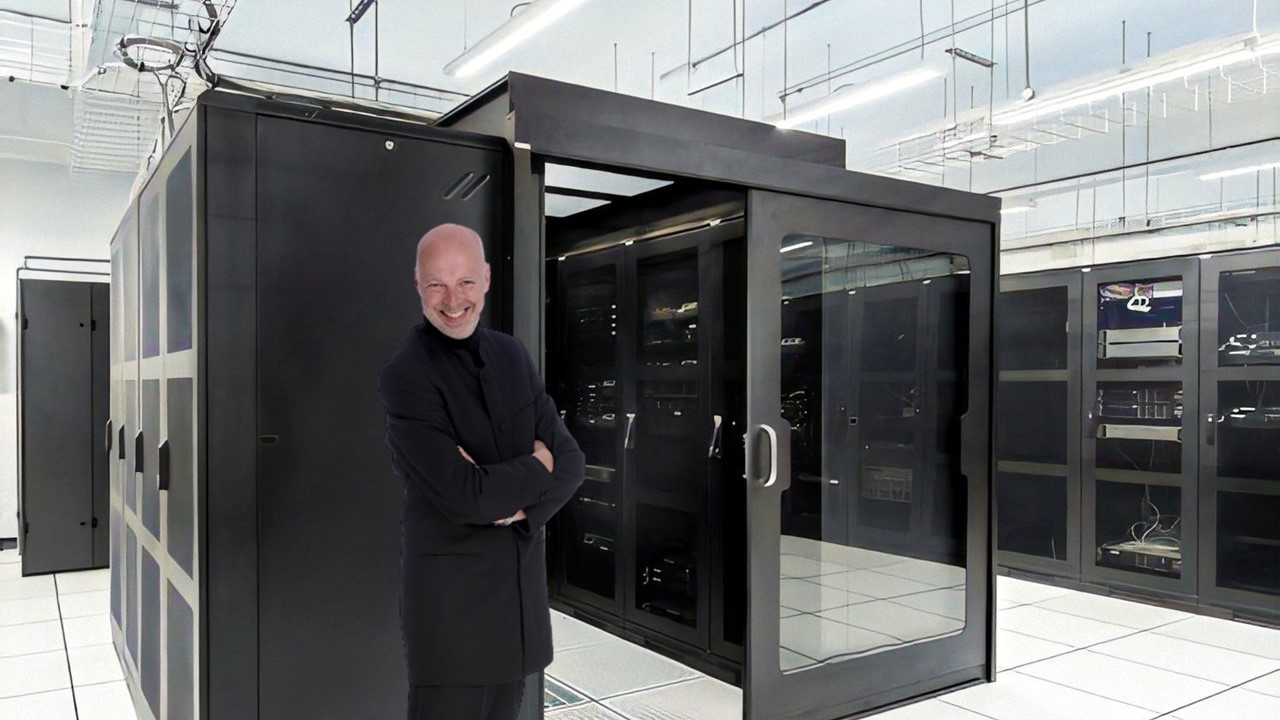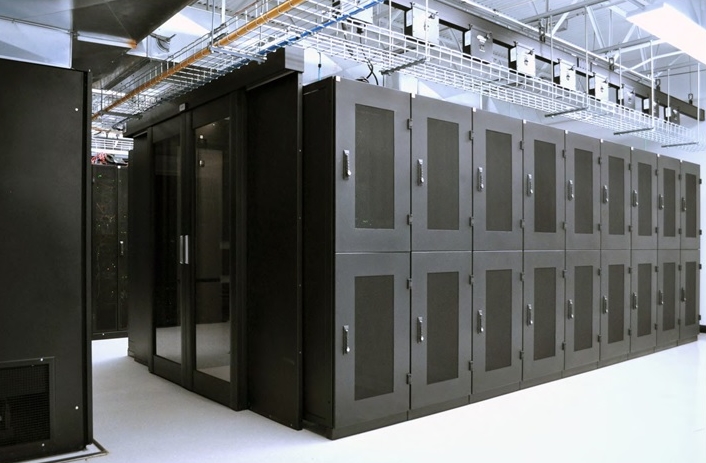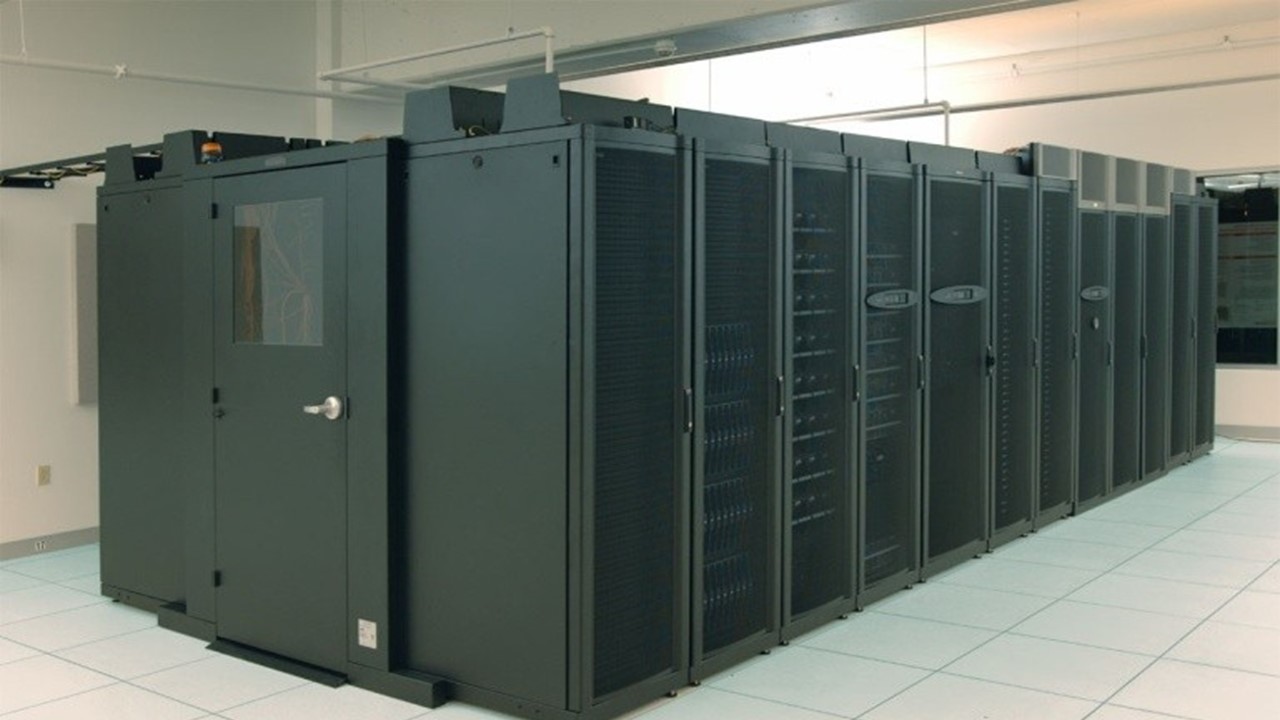
Thermal Containment
Thermal management is often seen as a low priority in compared to other operations that keep a data center running and functioning well, and it is frequently disregarded until problems develop. Having an efficient and effective thermal management strategy has become an essential component of data center management for employees who work inside the confines of a facility and know the implications of the thermal environment on highly sensitive, hot-running equipment.
High energy costs and rising energy consumption rates have compelled data center managers to adopt hot-air and cool-air containment solutions. Containment provides for consistent IT intake temperatures and eliminates hot spots that are common in classic uncontained data centers. It saves significantly more energy than standard uncontained configurations.
What are the primary efficiency advantages of containment?
The containment of hot or cold aisles in a data center yields the following efficiencies:
Cooling systems can be tuned to a higher supply temperature (saving energy and improving cooling capacity) while still providing safe operating temperatures to loads. To avoid hot spots, the temperature of room-oriented uncontained cooling systems is set substantially lower than that required by IT equipment. When heat is taken up by the cold air as it travels from the cooling unit to the front of the racks, hot spots form. Containment allows for higher cold air supply temperatures and the warmest return air possible back to the cooling unit. Higher return temperature to the cooling unit results in improved heat exchange across the cooling coil, enhanced cooling capacity, and overall efficiency. Almost every air conditioning equipment has this effect. Some equipment may have maximum return temperature limitations, although in general, all cooling systems provide higher capacity with warmer return air.
Elimination of hot spots. Cooling unit supply air may reach the front of IT equipment without interacting with hot air thanks to containment. This indicates that the temperature of the cooling unit's supply air is the same as the temperature of the IT inlet air – i.e., uniform IT inlet air temperatures. When there is no mixing, the supply air temperature may be raised without risk of hot spots while still accumulating economizer hours.
Economizer hours are increased. When the temperature outside is lower than the temperature inside, the cooling system compressors do not need to operate to reject heat to the outside. Increasing the set point temperature on cooling systems increases the number of hours the cooling system can operate without its compressors and save electricity.
Humidification / dehumidification costs are reduced. The supply air temperatures of the cooling system can be enhanced by eliminating mixing between hot and cold air, allowing the cooling system to function above the dew point temperature. No humidity is removed from the air when air is supplied above the dew point. If no humidity is lost, adding humidity is unnecessary, which saves energy and water.
Improved total physical infrastructure usage allows for right-sizing, which leads in more efficient equipment. Fixed losses are higher in larger over-sized equipment than in right-sized equipment. Oversizing is required for conventional cooling, however, because more fan power is required to overcome underfloor impediments as well as pressurize the raised-floor plenum.
Cold-aisle containment
The cold aisle is enclosed by a cold-aisle containment system (CACS), allowing the rest of the data center to function as a big hot-air return plenum. The hot and cold air streams are separated by containing the cold aisle. It should be noted that this containment strategy necessitates that the rows of racks be arranged in a constant hot-aisle / cold-aisle pattern.

Cold-aisle containment can be utilized in conjunction with or without conventional raised floor cooling. It is readily adapted into existing raised floor data centers and works in conjunction with both the raised floor and extreme density cooling systems to offer extremely efficient cooling solutions.
While both hot-aisle and cold-aisle containment systems are capable of enhancing efficiency and cooling today's high-temperature data centers, cold aisle containment is superior at separating hot and cold air while delivering cold air to the servers.
Hot-aisle containment

A hot-aisle containment system (HACS) encloses the hot aisle and collects the hot exhaust air from the IT equipment, allowing the rest of the data center to function as a big cold-air return plenum. The hot and cold air streams are separated by containing the hot aisle. It should be noted that this containment strategy necessitates that the rows of racks be arranged in a constant hot-aisle / cold-aisle pattern.
Alternatively, the HACS can be ducted to a computer room air handler (CRAH) or big remote air conditioning unit through a massive chimney running the length of the hot aisle. The ability to employ existing water-side and/or air-side economizers is a significant advantage of this HACS solution. Because of the efficiency benefits provided by air-side economizers, this form of HACS architecture is popular in big purpose-built data centers. Except for additional fan power when utilizing room-oriented cooling, such a system will provide the same benefits as a row-oriented method and may necessitate massive fabricated air plenums and/or a custom-built structure to properly manage the large air volume. As a result, this HACS variant is best suited for new designs or very big data centers. The row-oriented design is more practicable for existing buildings, retrofits, smaller data centers, or high-density zones.
